Summer Solstice Myths
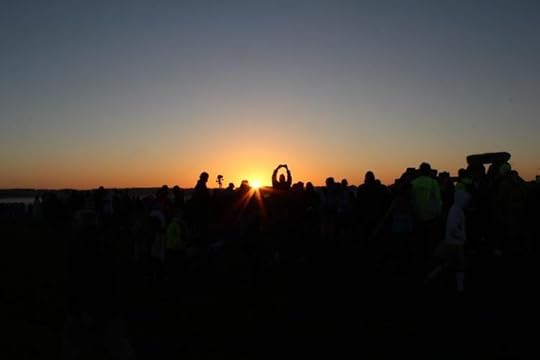
While we might not practice the summer solstice, we have all heard of the ancient observances held at holy places like Stonehenge and Chichen Itza, and seen it played out in pop culture in movies such as Midsommar and plays such as A Midsummer Night’s Dream. But few of us know the meanings of Midsummer and their rituals. Where did these traditions come from?
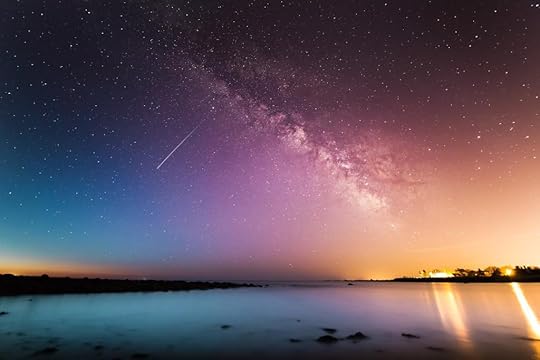
The summer solstice is celebrated opposite of the winter solstice. The sun is at the height and the day is the longest of the year. This time marked the beginning of the slow and inevitable weakening of the sun over the next half year.
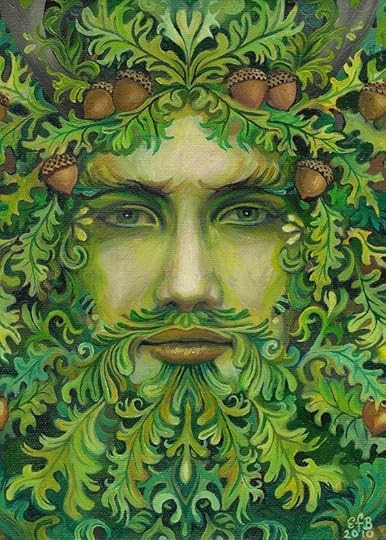 Depiction of the Oak King
Depiction of the Oak KingIn Celtic Mythology, the ancient Oak King is the ruler of summer, light, fertility, and growth. He is the twin brother of the Holly King who rules winter, darkness, and death. These brothers meet for cattle twice a cycle to fight for the Crown of the Year. Every time they meet one is dethroned and the other succeeds.
When the Oak King takes the crown early in the year, the days are long, the crops grow tall and new life is brought into the world.
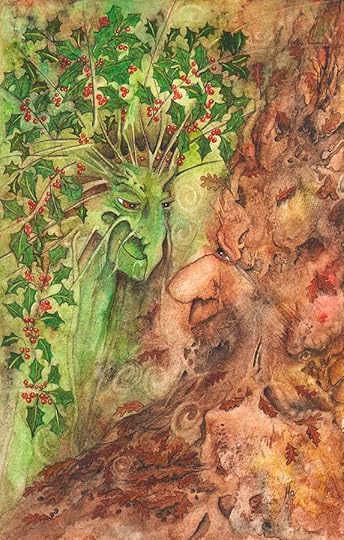 Battle between the Oak and Holly Kings
Battle between the Oak and Holly KingsSome stories state that these epic battles happen on the solstices, while others state the battles occur during the equinoxes. Stating that we see buds appearing, crops germinating, and animals breeding as the Oak King is rising to full power during the Summer Solstice before he weakens and is defeated in autumn.
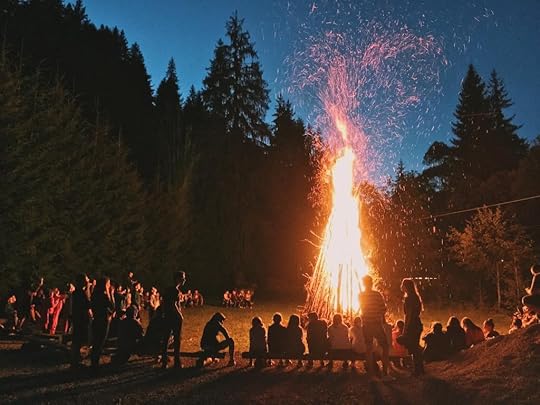
The main Midsummer Eve rituals centered around fires, both fire and communal. The idea was that the fire, smoke, and ashes would purify environment, driving away the spirits that roamed and protect homes and livestock. Farmers would light fires at home to drift across their fields.
The communal bonfire was lit at nightfall and held a dual role. The first was to purify the environment like the home fires. The other was to stimulate the waning sun to complete the growing season.
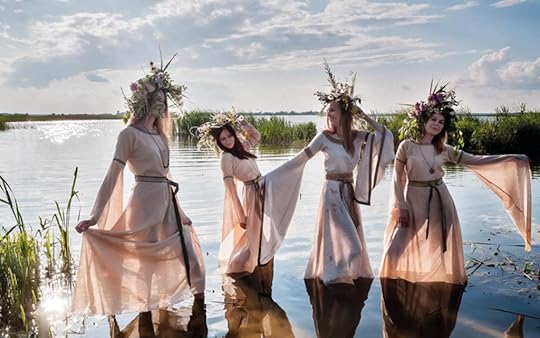 Celebration of Kupala Night
Celebration of Kupala NightMajor transitions in nature never fail to kindle the imagination, producing many traditions. Midsummer Eve was considered one of the nights of the year when the boundaries between the worlds were thin. Spirits were active. During this season animals and crops were susceptible to disease.
Celebrations of Midsummer festival were considered pagan as they centered around the sun and water. In many Slavic countries, this celebration coincided with Kupala Night.
The holiday was considered a pagan fertility rite. Young women weave wreaths and try to tell their fortunes about a future marriages as the flowers float across the water. However, since spirits are also at play, it is important to be careful.
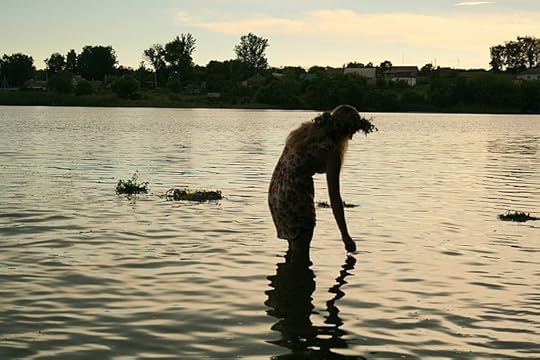 Releasing wreaths on the Feast of John the Baptist
Releasing wreaths on the Feast of John the BaptistAs Christianity spread across the world, these traditions were coopted by the Church. Kupala Night was converted into the nativity of St. John the Baptist. This adaptation fit both the solar and water themes of the pagan festival and incorporated the pagan beliefs. Like the Oak King, John the Baptist was destined to be murdered as Jesus and the Holly King increased on the Winter Solstice. John worked in water baptisms where Jesus was considered to baptize with the fire of the Holy Spirit.
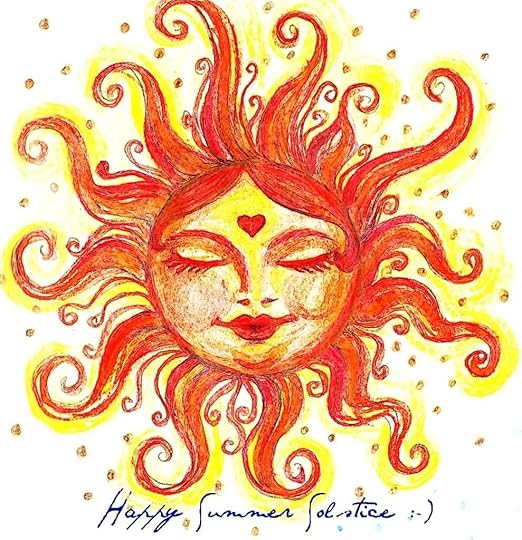
Over the years, in many places, we have stopped celebrating the summer solstice. However, the traditions remain a rich part of our heritage as well as the mythology behind it.
Sources:
https://mythologymatters.wordpress.com/2015/06/19/summer-solstice-mythology-midsummer-night/
https://nelliecole.com/2020/06/19/folkdays-the-oak-king/
“Guide to Russia” [1]Archived 2017-01-09 at the Wayback Machine
How to Celebrate Kupala Night in Ukraine



